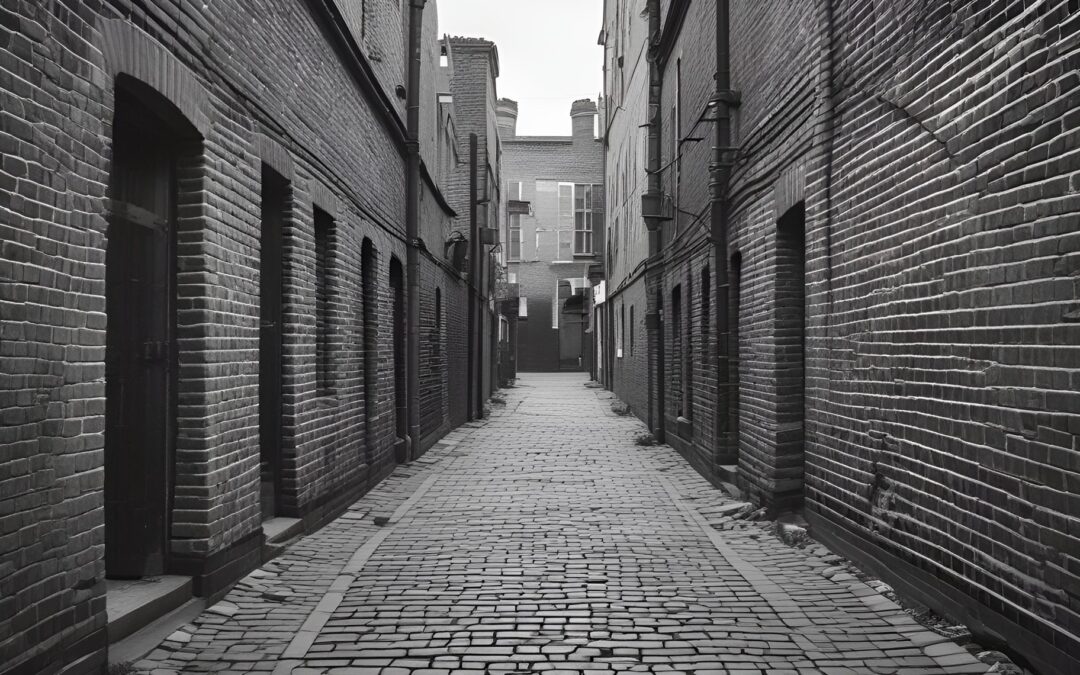By Dave Cochran and Daniel Sloan –
On April 25, 2024, the PTAB denied Masimo Corporation’s (“Petitioner’s”) second petition for inter partes review (“IPR”) against U.S. Patent No. 10,076,257 (the “’257 patent”). Masimo Corp. v. Apple Inc., IPR2024-00071, Paper 7 (Apr. 25, 2024). Applying General Plastic Indus. Co. v. Canon Kabushiki Kaisha, IPR2016-01357, Paper 19 at 15–16 (PTAB Sept. 6, 2017), the PTAB concluded that (1) factors 1, 2, 6, and 7 were neutral or slightly in favor of denial, (2) factors 4 and 5 weighed in favor of denial, and (3) factor 3 weighed strongly in favor of denial. We previously covered General Plastic here.

The ’257 is directed to an electronic cardiac sensor that can allegedly be “integrated in any suitable portion” of an electronic device. The ’257 patent’s drawings provide a schematic view of an electronic device for receiving the output of one or more sensors (Fig. 1). The patent also provides a schematic view illustrating the elements of an electronic device with integrated leads suitable for detecting the user’s cardiac activity (Fig. 3). Masimo, Paper 7 at 3-4.
Before the IPRs, Apple Inc. (“Patent Owner”) asserted the ’257 patent in Delaware against Petitioner. Apple Inc. v. Masimo Corp., No. 1:22-cv-01378-MN (D. Del.). Petitioner then filed its first request for IPR, challenging the patentability of claims 1-4 and 8-22 of the ’257 patent, Patent Owner filed its preliminary response (“POPR”), and the PTAB instituted trial. Masimo Corp. v. Apple Inc., IPR2023-00745, Paper 8 (Oct. 16, 2023). When Petitioner filed the first IPR, claims 6 and 7 of the ’257 patent were not asserted in the Delaware case. Patent Owner added those claims to the Delaware case in May 2023. Petitioner filed its second IPR request, which included claims 6 and 7, on October 19, 2023, just a few days after the Institution Decision on the first IPR. Masimo, IPR2024-00071, Paper 2. Less than a full month later, the parties agreed to drop claims 6 and 7 from the Delaware litigation. Id., Exhibit 2001 (Jan. 29, 2024).
The PTAB primarily relied on General Plastic factor 3 to deny institution. Factor 3 asks “whether at the time of filing of the second petition the petitioner already received the POPR to the first petition or received the Board’s decision on whether to institute review in the first petition.” Id., Paper 7 at 18 (citing General Plastic). Petitioner argued that the third factor was neutral because its second IPR was addressed to different claims and relied on new prior art references. Masimo, IPR2024-00071, Paper 2 at 81-82. Patent Owner responded that the timing of the second petition weighed against institution because the timing would create “unfairness, inefficiency, and potential for abuse.” Id., Paper 6 at 10. Additionally, Patent Owner asserted that Petitioner had bolstered its prior art analysis in direct response to the POPR in the first IPR and weaknesses identified there. Id. at 11-13, 19-20.
The PTAB agreed with Patent Owner, stating that it had “significant ‘road mapping’ concerns.” Id., Paper 7 at 19. When the second petition was filed, Petitioner had the benefit of the POPR and institution decision in the first. Also, and although Patent Owner did not allege that Petitioner had relied on it, see id., Paper 6, the PTAB noted that Petitioner had the benefit of Patent Owner’s POPR in another IPR with a different petitioner challenging the ’257 patent. Id., Paper 7 at 20. The PTAB concluded that new embodiments in Petitioner’s second petition and its responsive modifications to its claim 1 (from which claim 6 depends) arguments suggested that Petitioner was using earlier proceedings as a roadmap to address issues it had not addressed in its first petition.
Thus, the PTAB discretionarily denied review under 35 U.S.C. § 314(a).
Takeaways:
Petitioners filing a second IPR request on the same patent should carefully consider whether responding to concerns raised during the first IPR will lead to denial because of road mapping concerns. Patent Owners responding to a second request for IPR should clearly identify any modifications challengers make that appear responsive to issues that arise in the first IPR.

